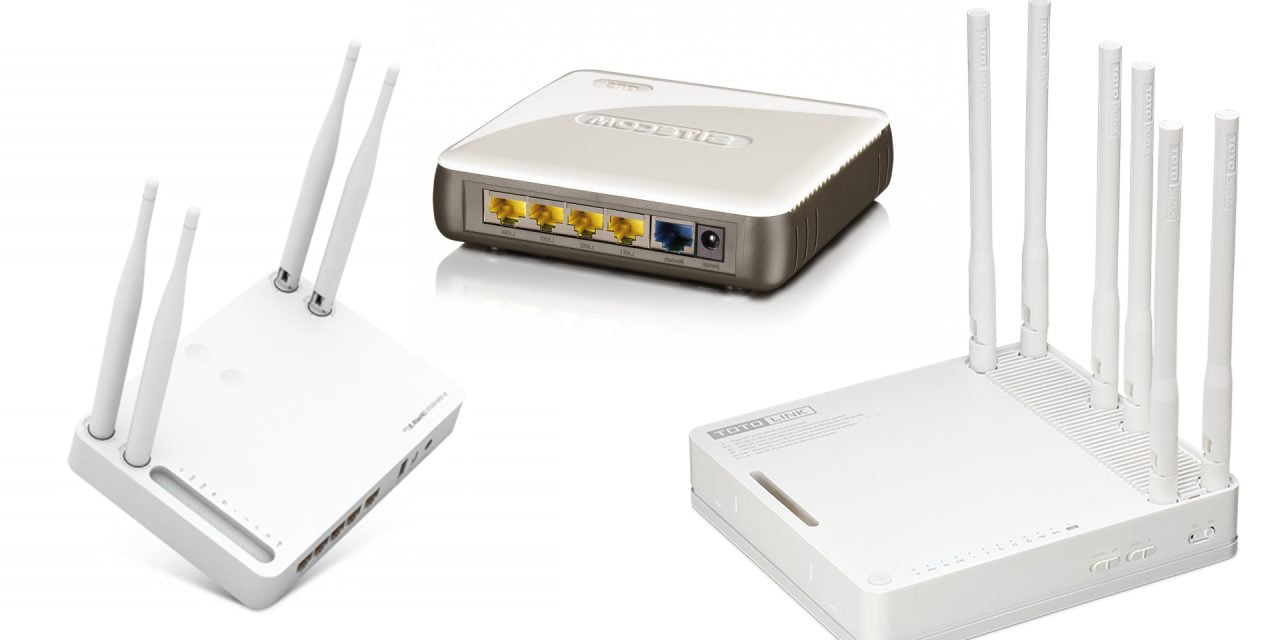A recent study shows a tenfold increase in outdate network equipment since 2017, spelling untold risks and opportunities for exploitation.
As businesses move applications to multi-cloud environments, investment in the cloud is outpacing organizations’ on-premises infrastructure spend. Apparently, this has caused refresh and upgrade patterns to slow down, with many businesses choosing to continue to use network assets beyond the normal, and to slow investment in re-architecting their on-premises network and security infrastructure.
As a result, there has been an increase in obsolete and unpatched network devices containing software vulnerabilities, introducing risk, and exposing the organization to information security threats.
This is what the NTT Global Network Insights Report 2020 asserts based on data from technology assessments conducted on more than 1,000 clients covering over 800,000 network devices. The report has found that 46.3% of polled organizations’ network assets were ageing or obsolete, as a weighted average, representing a huge surge on 2017, when this figure was just 4.3%.
Commenting on the data, Rob Lopez, Executive Vice President, Intelligent Infrastructure, NTT, said: “… many businesses will need, if not be forced, to review their network and security architecture strategies, operating and support models to better manage operational risk. We expect to see strategy shift from a focus on business continuity to preparation for the future as lockdown begins to ease. Network infrastructure needs to be appropriately architected and managed to deal with unplanned surges, which will require a relook at cloud and on-premises infrastructure to reduce the impact and frequency of business-critical outages.”
Ageing and obsolete devices are a risk
The COVID-19 outbreak and consequent surge in bandwidth consumption is putting a strain on the network and compounding existing challenges. With an increase in remote-working, remote access and consumption of voice and video services, organizations’ network and security infrastructure are under incredible pressure.
According to the report, obsolete devices have, on average, twice as many vulnerabilities per device (42.2) when compared with ageing (26.8) and current ones (19.4), creating unnecessary risk. This risk is exacerbated further when businesses do not patch a device or revisit the operating system version for the duration of its lifetime.
Although patching is relatively simple and often free under a maintenance agreement or extended warranty, many businesses still do not patch their devices in a timely manner. Yet, as the effects of the pandemic fade for now, businesses will be reimagining the way we work, and embedding resilience into the organization’s operations will be key, said the report.
Meanwhile, with the adoption of new wireless infrastructure on the rise—an increase of 13% year-on-year—and the upsurge of open office and co-working spaces, a novel approach to all network architecture will be needed.
Businesses will need the tools, knowledge and expertise to be able to re-architect the network for the short, mid and long-term, facilitating teams to work remotely, and from any device at any time. For example, AI and machine learning may be applied to help monitor social distancing measures—the network will be the platform enabler.
Evolution of network digitalization
As part of digital transformation strategies, organizations are already using networks such as IoT to enable new business models or to optimize existing operating models (e.g., asset tracking).
Alternatively, businesses may be investing in technologies such as robotic process automation (RPA), in order to save costs and scale services in an agile manner. No matter what the reason; digital transformation is powered by the network, according to the report.
Lopez continued: “The network is the platform for business digital transformation. It needs to be ubiquitous, flexible, robust and secure to adapt easily to business change, while increasing the maturity of the operational support environment. Businesses that use a high-level of network automation and intelligence to optimize operations will gain a significant competitive advantage and realize the benefits of the cloud economy, securely.”





















